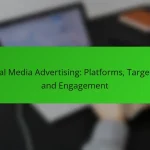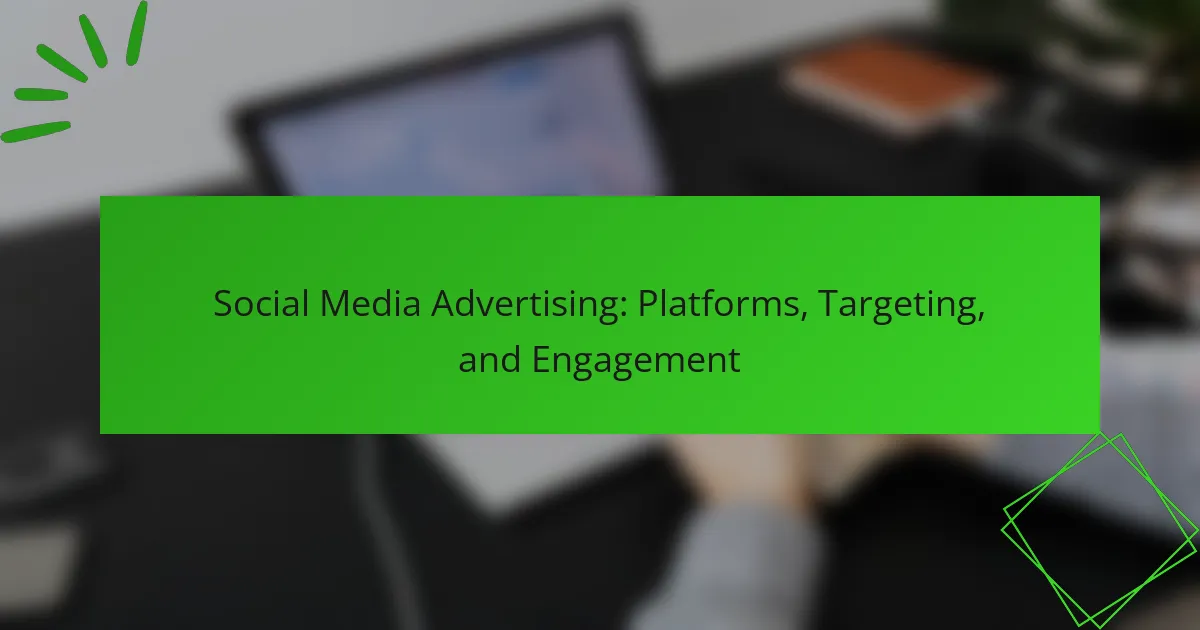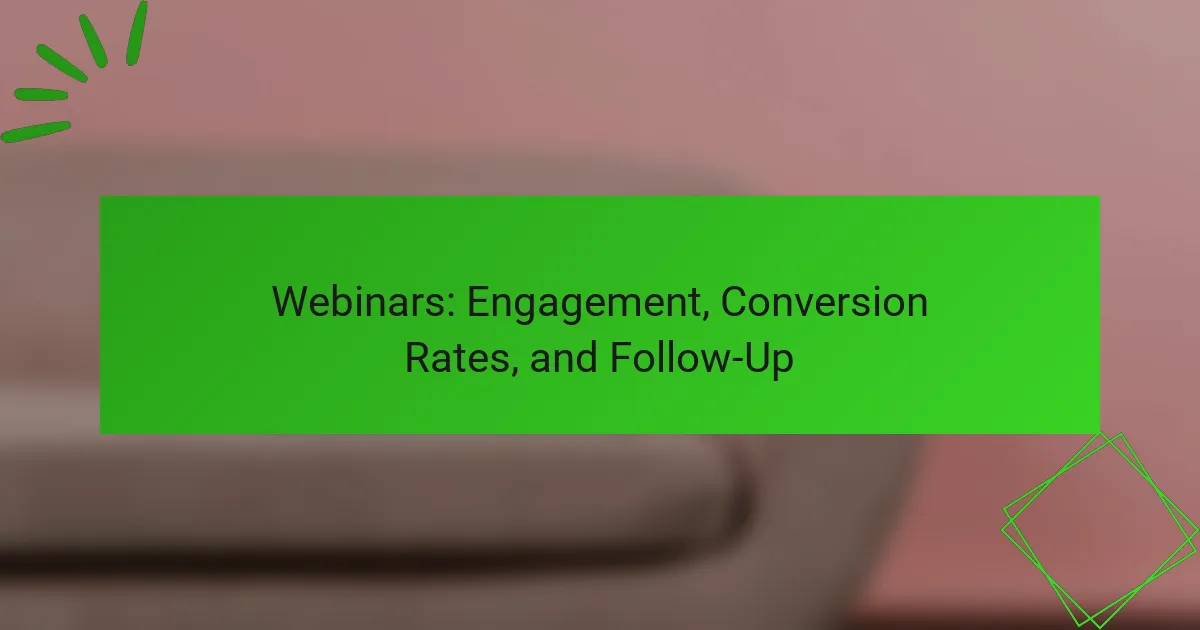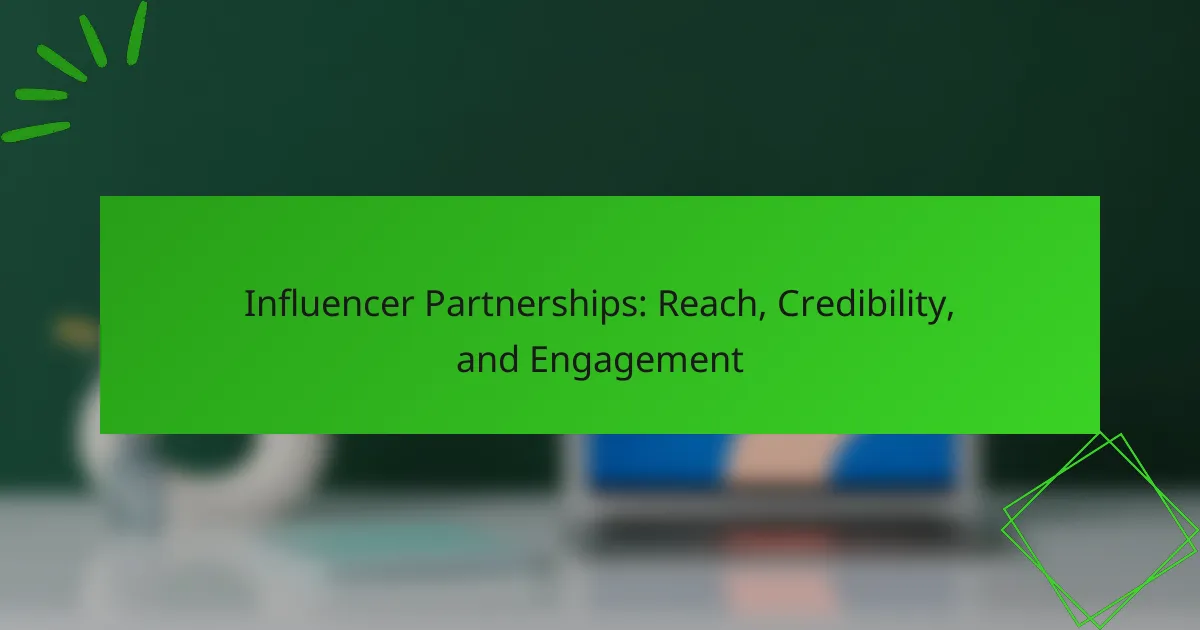Social media advertising has become a crucial component for businesses looking to connect with their target audiences effectively. Platforms like Facebook, Instagram, LinkedIn, Twitter, and Pinterest offer diverse targeting options and engagement strategies tailored to various demographics and business objectives. By employing a mix of demographic and interest-based targeting, along with innovative engagement tactics, brands can significantly enhance their advertising impact and foster meaningful interactions with users.

What are the best social media advertising platforms in Australia?
The best social media advertising platforms in Australia include Facebook, Instagram, LinkedIn, Twitter, and Pinterest. Each platform offers unique targeting options and engagement strategies that cater to different audience demographics and business goals.
Facebook Ads
Facebook Ads is one of the most popular advertising platforms in Australia, allowing businesses to reach a vast audience. With advanced targeting options based on user behavior, interests, and demographics, advertisers can create highly tailored campaigns.
Consider using Facebook’s various ad formats, such as image, video, and carousel ads, to engage users effectively. Set a budget that aligns with your goals, as costs can vary widely depending on competition and targeting specifics.
Instagram Ads
Instagram Ads leverage the visual nature of the platform to capture user attention, making it ideal for brands in fashion, beauty, and lifestyle sectors. Ads can appear in users’ feeds or stories, providing immersive experiences.
Utilize eye-catching visuals and concise messaging to maximize engagement. Instagram’s integration with Facebook Ads Manager allows for streamlined campaign management and targeting options similar to Facebook.
LinkedIn Ads
LinkedIn Ads are tailored for B2B marketing, making them effective for reaching professionals and decision-makers. The platform offers targeting based on job title, industry, and company size, which is beneficial for niche markets.
Consider using sponsored content, InMail, or text ads to promote services or products. While LinkedIn advertising can be more expensive than other platforms, the potential for high-quality leads often justifies the investment.
Twitter Ads
Twitter Ads enable brands to engage users in real-time conversations and trends. The platform is particularly effective for campaigns that require immediate feedback or participation from the audience.
Use promoted tweets or trends to increase visibility. Keep messages concise and relevant, as Twitter’s character limit necessitates clear communication. Budgeting for Twitter ads can vary, so monitor performance closely to optimize spend.
Pinterest Ads
Pinterest Ads are ideal for visually-driven brands, especially in home decor, fashion, and food. The platform allows users to discover and save ideas, making it a powerful tool for driving traffic to websites.
Utilize promoted pins to enhance visibility and engagement. Focus on high-quality images and keywords that resonate with your target audience. Pinterest’s audience tends to have strong purchasing intent, making it a valuable platform for conversion-focused campaigns.
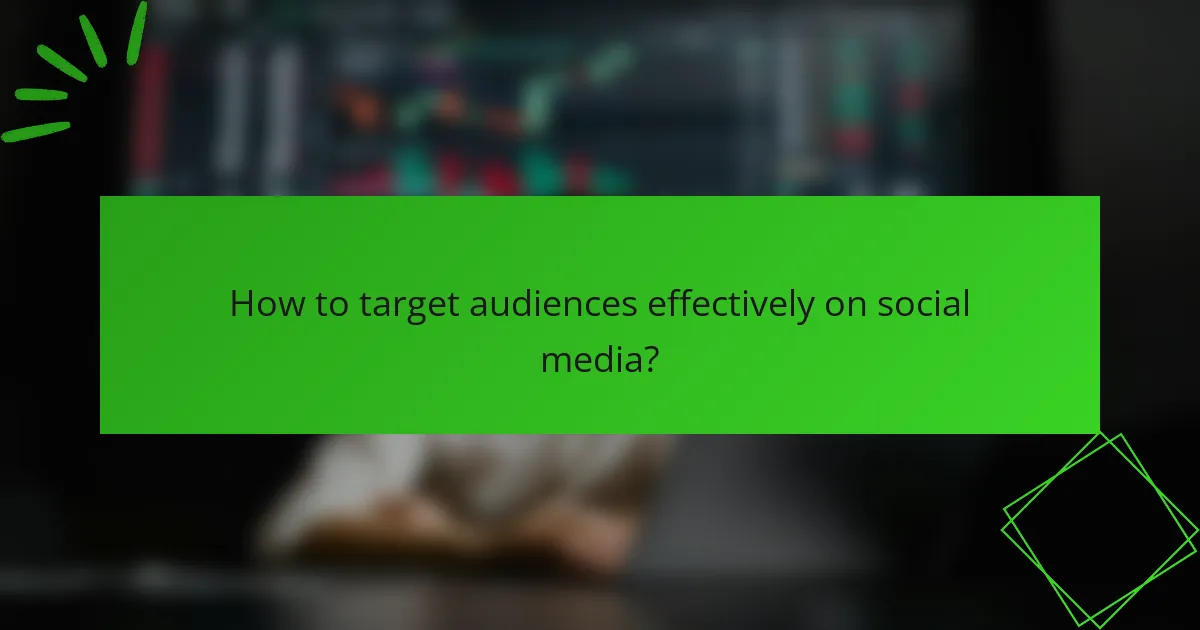
How to target audiences effectively on social media?
To target audiences effectively on social media, utilize a combination of demographic, interest-based, behavioral, and custom audience strategies. Each method allows for precise engagement with users based on their characteristics and online behaviors, enhancing the relevance of your advertising efforts.
Demographic targeting
Demographic targeting focuses on characteristics such as age, gender, location, education, and income level. By defining your target audience based on these factors, you can tailor your messaging to resonate more with specific groups. For instance, a luxury brand may target higher-income individuals aged 30-50 in urban areas.
Consider using platforms like Facebook and LinkedIn, which offer robust demographic filters. However, avoid overly narrow targeting, as it may limit your reach and engagement.
Interest-based targeting
Interest-based targeting allows advertisers to reach users based on their hobbies, passions, and preferences. This method leverages data from user interactions, such as likes, shares, and follows, to identify relevant audiences. For example, a fitness brand can target users interested in health and wellness topics.
Utilizing interest categories can enhance ad relevance, but be cautious of assumptions. Regularly review and adjust your targeting based on engagement metrics to ensure effectiveness.
Behavioral targeting
Behavioral targeting focuses on users’ past online behaviors, such as browsing history, purchase patterns, and engagement with specific content. This approach helps identify potential customers who have shown interest in similar products or services. For instance, retargeting ads can be effective for users who visited your website but did not complete a purchase.
Implementing tracking pixels and analyzing user data can optimize this strategy. However, respect user privacy and comply with regulations like GDPR when collecting and using behavioral data.
Custom audiences
Custom audiences allow you to create tailored segments based on your existing customer data, such as email lists or website visitors. This method enables you to re-engage previous customers or target similar audiences through lookalike modeling. For example, you can upload a list of past buyers to Facebook to reach similar users.
To maximize effectiveness, regularly update your custom audience lists and test different ad creatives. Avoid relying solely on this method; combine it with other targeting strategies for broader reach and engagement.
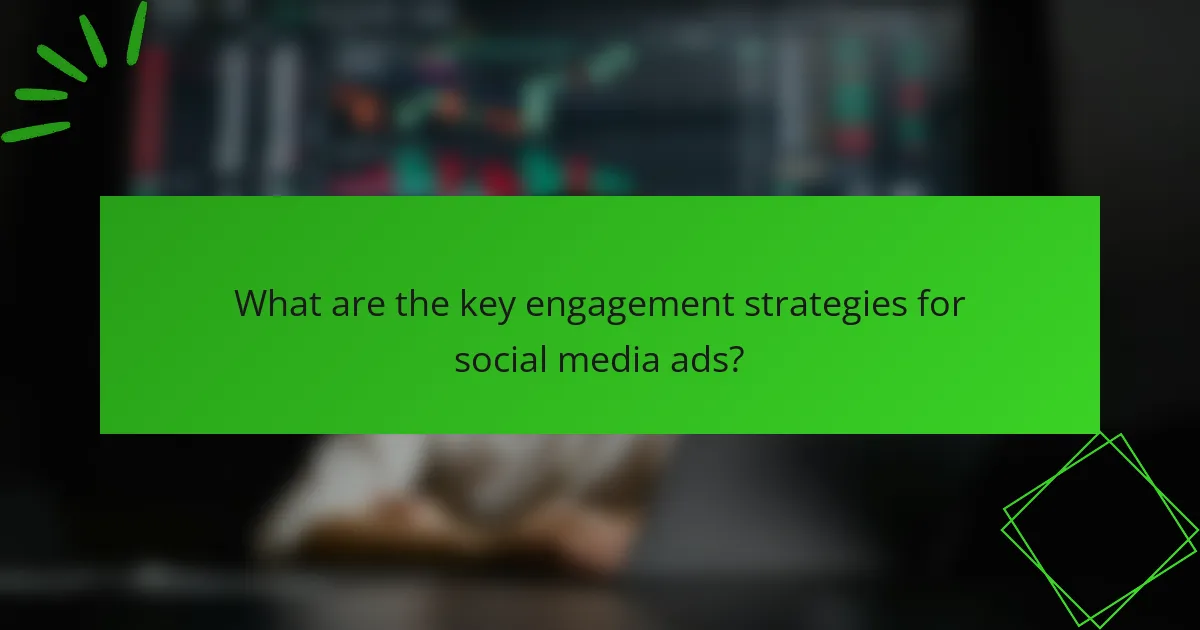
What are the key engagement strategies for social media ads?
Key engagement strategies for social media ads include creating interactive content, leveraging influencer partnerships, utilizing video ads, and encouraging user-generated content. These approaches can significantly enhance audience interaction and improve overall ad performance.
Interactive content
Interactive content, such as polls, quizzes, and contests, engages users by inviting them to participate actively. This type of content not only captures attention but also encourages sharing, which can expand your reach. Consider using tools like Instagram Stories or Facebook polls to create engaging experiences.
When designing interactive content, ensure it aligns with your brand message and is easy to understand. Aim for a balance between fun and informative to keep users engaged without overwhelming them.
Influencer partnerships
Influencer partnerships involve collaborating with individuals who have a significant following on social media to promote your brand. This strategy can enhance credibility and reach, as influencers often have established trust with their audience. Choose influencers whose values align with your brand for maximum impact.
To effectively manage influencer partnerships, set clear goals and expectations. Monitor engagement metrics to evaluate the success of the collaboration and adjust your strategy as needed.
Video ads
Video ads are highly effective for capturing attention and conveying messages quickly. They can range from short clips on platforms like TikTok to longer formats on YouTube. Aim for videos that are visually appealing and deliver your message within the first few seconds to retain viewer interest.
Consider using subtitles or captions, as many users watch videos without sound. Additionally, optimize video length based on the platform; shorter videos typically perform better on social media feeds.
User-generated content
User-generated content (UGC) involves sharing content created by your customers, such as reviews, testimonials, or photos featuring your products. This strategy fosters community and authenticity, as potential customers often trust peer recommendations over traditional advertising. Encourage UGC by creating branded hashtags or hosting contests.
When using UGC, always seek permission from the original creators and give credit. Highlighting customer content not only engages your audience but also builds brand loyalty and trust.

What are the costs associated with social media advertising?
The costs of social media advertising can vary significantly based on the platform, targeting options, and campaign objectives. Generally, advertisers can expect to pay based on either cost-per-click (CPC) or cost-per-impression (CPM), with budgets tailored to specific goals and audience reach.
Cost-per-click (CPC)
Cost-per-click (CPC) is a pricing model where advertisers pay each time a user clicks on their ad. This model is particularly effective for campaigns focused on driving traffic to websites or generating leads. CPC rates can range from a few cents to several dollars, depending on factors like competition and industry.
To optimize CPC, advertisers should focus on creating compelling ad copy and targeting the right audience. A/B testing different ad variations can help identify which ads yield the best click-through rates, ultimately lowering costs.
Cost-per-impression (CPM)
Cost-per-impression (CPM) involves paying for every 1,000 impressions of an ad, regardless of whether users click on it. This model is ideal for brand awareness campaigns where visibility is the primary goal. CPM rates can vary widely, often ranging from a few dollars to over $20, depending on the platform and audience targeting.
When using CPM, it’s crucial to monitor engagement metrics to ensure that impressions translate into meaningful interactions. Advertisers should consider the relevance of their ads to the target audience to maximize the effectiveness of their spend.
Budgeting strategies
Effective budgeting strategies for social media advertising involve setting clear objectives and allocating funds accordingly. Start by determining your overall marketing budget and decide how much to dedicate to social media. A common approach is to allocate a percentage of your total marketing budget, often between 5-15% for social media efforts.
Consider using a daily or lifetime budget to manage spending effectively. Daily budgets allow for consistent ad delivery, while lifetime budgets can help optimize spending over a campaign’s duration. Regularly review performance metrics to adjust budgets based on what is working best.

What metrics should be tracked for social media advertising success?
To gauge the success of social media advertising, key metrics such as click-through rate (CTR) and conversion rate are essential. These metrics provide insights into how effectively your ads engage users and drive desired actions.
Click-through rate (CTR)
Click-through rate (CTR) measures the percentage of users who click on your ad after seeing it. A higher CTR indicates that your ad is relevant and appealing to your target audience. Typically, a CTR of around 1-3% is considered average, but this can vary by industry.
To improve CTR, focus on creating compelling ad copy and eye-catching visuals. A/B testing different headlines and images can help identify which combinations resonate best with your audience. Avoid overly complex language and ensure your call-to-action is clear and direct.
Conversion rate
Conversion rate refers to the percentage of users who complete a desired action after clicking on your ad, such as making a purchase or signing up for a newsletter. A strong conversion rate is crucial for evaluating the effectiveness of your advertising strategy. Average conversion rates can range from 2-5%, depending on the industry and the specific action being measured.
To enhance conversion rates, ensure that your landing pages are optimized for user experience and aligned with your ad messaging. Use clear calls-to-action and minimize distractions. Regularly analyze user behavior on your site to identify potential barriers to conversion and make necessary adjustments.

